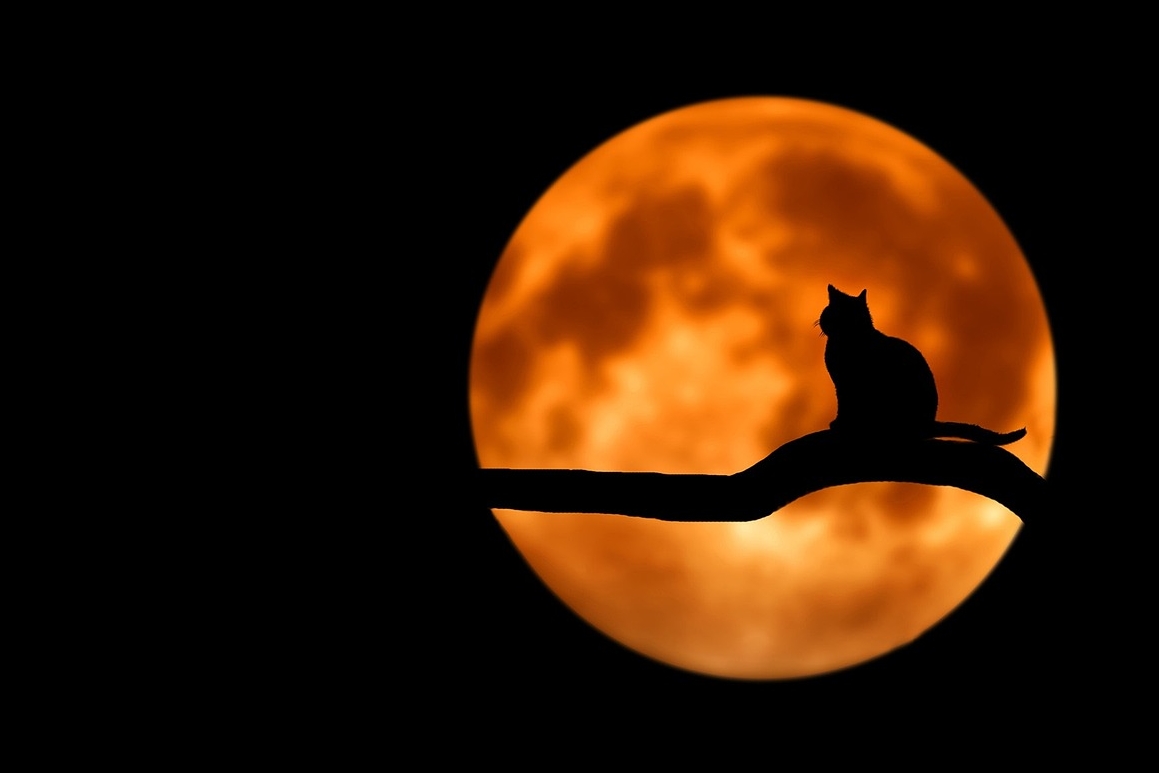Pumpkins, zombies, monsters, witches…trick-or-treat!!! What’s your costume tonight? If you are late, and you have no inspiration, take few minutes to read where Halloween comes from.
The truth is that it’s all about astronomy!
Probaly Halloween is the modern-day descendant of Samhain, a sacred festival of the ancient Celts and Druids in the British Isles. But, at its heart, Halloween is an astronomy holiday. It’s about the Earth’s orbit around the sun. In fact, it’s a cross-quarter day and a testament to our ancestors’ deep understanding of the sky.
We have in total four cross-quarter days on the Earth. The cross-quarter days fall more or less midway between the equinoxes and solstices. Halloween, October the 31th, is approximately midway between our Northern Hemisphere autumn (September) equinox and winter (December) solstice In the Southern Hemisphere, the September equinox heralds spring and the December solstice, summer. The most sinister cross-quarter day comes at a dark time of year, precisely October, the 31th, in the Northern Hemisphere. days are growing shorter. Early people once said that the spirits of the dead wander from sunset until midnight around this cross-quarter day. After midnight, on November 1, the so-called All Saints’ Day, the ghosts go back to rest.
The October 31 date for Halloween is fixed by tradition. The true cross-quarter day falls on November 7, representing a discrepancy of about a week.

Probalbly, the early forebear of Halloween happened on the night that the Pleiades star cluster culminated at midnight. In other words, the Pleiades climbed to its highest point in the sky at midnight on or near the same date as this cross-quarter day. Now, the midnight culmination of the Pleiades cluster now occurs on November 21, but Halloween is fixed on October 31. Presuming the supposed connection between Samhain and the midnight culmination of the Pleiades, the two events took place on or near the same date in the 11th century and 12th century. This was several centuries before the introduction of the Gregorian calendar. At that time, when the Julian calendar was in use, the cross-quarter day and the midnight culmination of the Pleiades fell on or near October 31.
But, then, the Julian calendar was about one week out of step with the seasons. When the Gregorian calendar has been in use back then, the date of the cross-quarter day celebration would have been November 7.
References:
https://www.astrobin.com/2fzv1h/?q=pleiadi
https://earthsky.org/astronomy-essentials/





